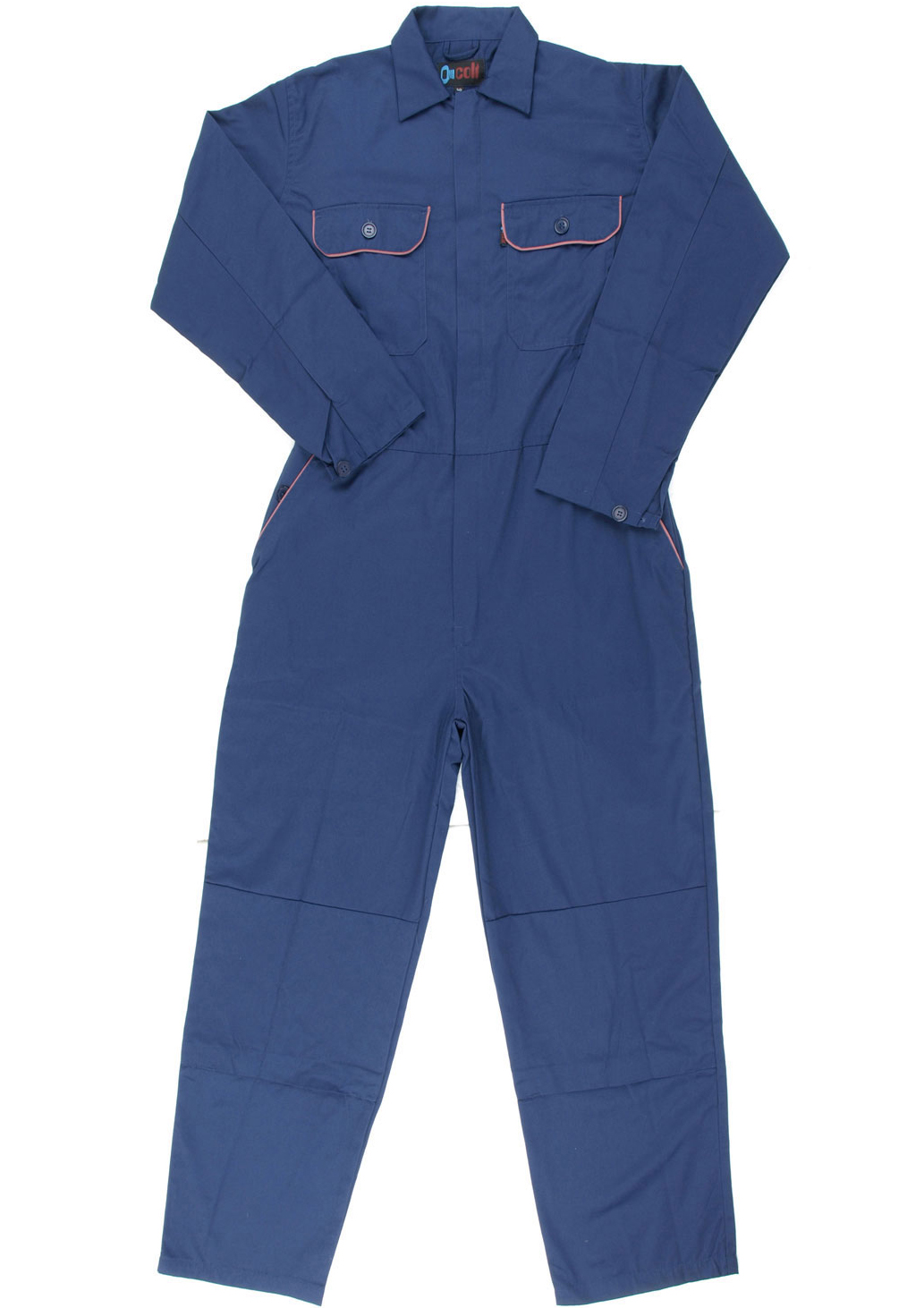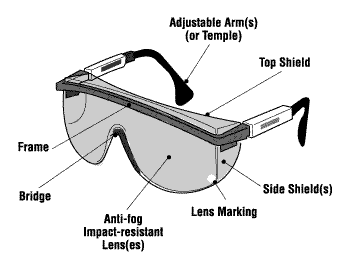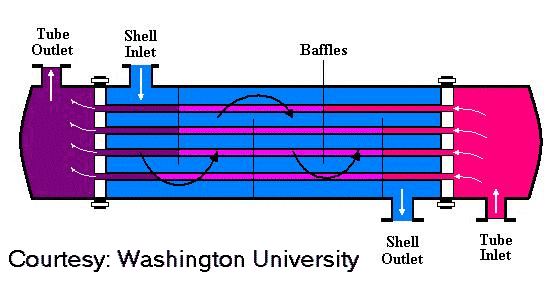HEALTH AND SAFETY IN THE WORK SHOP
Steal cap boots, overalls, safety goggles are compulsory when using machines in the workshop.
Boots need to be laced up tight so u cannot trip on the laces, roll your ankles etc. wearing the boots incorrectly can be more dangerous then not wearing boots at all. Steel cap Boots are worn to protect your feet from falling objects that could break or crush your toes or feet. Used in a lot of workshops and workplaces.
 Overalls are worn to protect your clothes and skin from swarf hot objects, chemicals, grease and other substances which could be harmful to your skin. Overalls should be worn correctly and not tied around the waste, zipped up for complete protection. Certain overalls are better than other others. Best overs for any workshop are reflective cotton overalls as they are easy to see, and not likely to catch fire unlike paper overalls. U can also get half overalls that don’t cover your arm which are still protective but not as much as full overalls.
Overalls are worn to protect your clothes and skin from swarf hot objects, chemicals, grease and other substances which could be harmful to your skin. Overalls should be worn correctly and not tied around the waste, zipped up for complete protection. Certain overalls are better than other others. Best overs for any workshop are reflective cotton overalls as they are easy to see, and not likely to catch fire unlike paper overalls. U can also get half overalls that don’t cover your arm which are still protective but not as much as full overalls.
Safety goggles are a very compulsory in a work shop with machinery such as lathes grinders and drills which can throw out hot swarf and wreak your eyes. There are several types of safty goggles all that do the same thing.
Health and safety in the work shop :
 Lathe : tie up long hair, remove or tie up baggy clothing eg sleeves . removing or isolating these things can prevent u getting caught in the chuck as its spinning. Being caught inside can cause serious damage if not death. Saftey glasses are to be worn at all times to protect your eyes from hot swarf from the lathe. Overalls and safety boots are also compulsory to wear as they protect your body and clothes from oil, swarf heavy or falling objects. Also having knowledge on the machine before using it is health and safety as knowing what it can and cannot do come be very dangerous if you don’t use the machine correctly.
Lathe : tie up long hair, remove or tie up baggy clothing eg sleeves . removing or isolating these things can prevent u getting caught in the chuck as its spinning. Being caught inside can cause serious damage if not death. Saftey glasses are to be worn at all times to protect your eyes from hot swarf from the lathe. Overalls and safety boots are also compulsory to wear as they protect your body and clothes from oil, swarf heavy or falling objects. Also having knowledge on the machine before using it is health and safety as knowing what it can and cannot do come be very dangerous if you don’t use the machine correctly. Drills: tie up long hair, keep baggy clothing away from chuck and drill piece as it can catch and pull u in to the drill and cause u harm. Safety glasses must be worn as you only have two eyes and swarf or hot pieces of metal are likely to be shooting out everywere. Overalls and safety boots must be worn to protect your skin and clothing from swarf, oils or lube. Steel caps are needed as pieces of metal, drill bits or any heavy or sharp objects could drop onto your feet .
Drills: tie up long hair, keep baggy clothing away from chuck and drill piece as it can catch and pull u in to the drill and cause u harm. Safety glasses must be worn as you only have two eyes and swarf or hot pieces of metal are likely to be shooting out everywere. Overalls and safety boots must be worn to protect your skin and clothing from swarf, oils or lube. Steel caps are needed as pieces of metal, drill bits or any heavy or sharp objects could drop onto your feet .
Grinder: ensure long hair and baggy clothing is tied back. Safety glasses must be worn as the grinder creates a lot of hot swarf and is highly dangerous without safety glasses. Overalls and steel caps are needed also to protect your skin from the hot swarf. Either heat proof gloves or vice grips can be used to hold on to the metal being grinded as it will heat up and sometimes can burn your hand making u let go of the material causing further harm to the body. Dunking the material in some water or oil every so often helps with cooling the metal and makes it safer to work with.
Hand tools: files, hack saws, taps and dies, rulers, scribes, punches.
Steel caps should be worn if using any of these because if any of these feel off the bench on to ur foot it could cut or injure your foot. Safety glasses should be worn but there is no need to. Overalls could be worn to protect your clothes from swarf or execs lubes or oils. Having basic knowledge of these hand tools will help with correct and safe usage of them preventing damage to your body.
First aid boxes are usually found bolted to the wall or in a special cupboard. People in the work shop should know where it is in case of emergencies. Any injures should be reported in a first aid book to keep track of injures in the work shop so they can be prevented next time.
Fire extinguishers are usually found on the wall. Best to have one in the work shop in case of fire. There are several types of extinguishers for different types of fires e.g chemical, electrical etc
CLASS A: wood paper and plastics
CLASS B: flamable liguids eg petrol dieseil
CLASS C: flamable gases
CLASS D: combustable metals( magnisuim etc)
CLASS E: eletrical fires
CLASS F: fires involving cooking oils or fats
 a two cycle works alot diffrently to a 4 stroke system as the combustion happens through the whole block and the fuel and oil are mixed. a 2 stroke cycle works by drawing the fuel in through the inlet valve and in to the crank casinging, on its down force the fuel is forced around the blosk and into the top of the block, the piston pushes back up compressing the fuel, the spark plug ignites the fuel sending the piston on its down stroke and forcing the exhaust fumes out through the exhaust port. unlike a four stroke the oil stays in the sump and crank case to keep the piston and cylinders lubricated, the fuel and air mix is let into the top of the boar by valves wich is then compressed and ignited by the spark plug. below the piston fuel and air is used to lubricate the crank and bearings, above the piston is were the combression and power comes from as it is were the fuel is ignited by the spark plug. scavenging is the revolution of the two stroke using the beginning of the compression stroke and the end of the combustion stroke.
a two cycle works alot diffrently to a 4 stroke system as the combustion happens through the whole block and the fuel and oil are mixed. a 2 stroke cycle works by drawing the fuel in through the inlet valve and in to the crank casinging, on its down force the fuel is forced around the blosk and into the top of the block, the piston pushes back up compressing the fuel, the spark plug ignites the fuel sending the piston on its down stroke and forcing the exhaust fumes out through the exhaust port. unlike a four stroke the oil stays in the sump and crank case to keep the piston and cylinders lubricated, the fuel and air mix is let into the top of the boar by valves wich is then compressed and ignited by the spark plug. below the piston fuel and air is used to lubricate the crank and bearings, above the piston is were the combression and power comes from as it is were the fuel is ignited by the spark plug. scavenging is the revolution of the two stroke using the beginning of the compression stroke and the end of the combustion stroke.




































